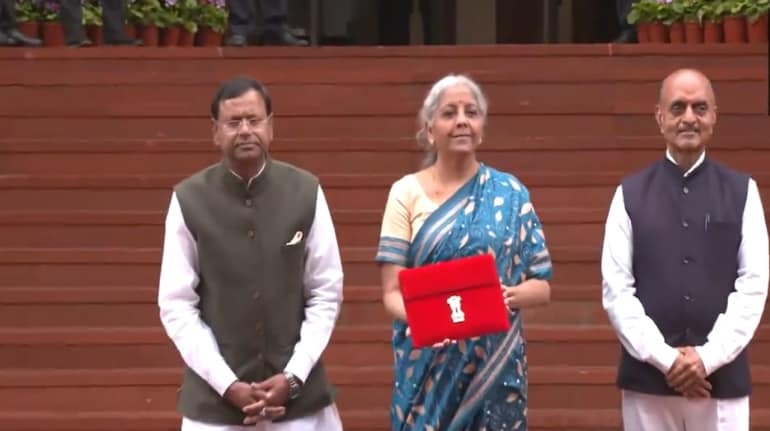
The Reserve Bank of India has toned down its expectation of the stress that banks may face as a result of the Covid crisis, after initially cautioning that non performing assets could nearly double due to the hit to economic activity.
According to stress tests conducted by the RBI:
-
The gross NPA ratio for the banking sector could rise to 9.8% by March 2022 under a baseline, as compared with 7.48% in March 2021. The baseline scenario used in the current stress tests in one where GDP growth for FY22 is at 9.5%.
-
In January, the RBI had said the gross NPA ratio of banks could rise to 13.5% by Sept. 30, 2021 under the then assumed baseline scenario of 0% GDP growth in the second half of FY21.
-
Under the medium stress scenario, where GDP growth is at 6.5%, the gross NPA ratio could rise to 10.36%.
-
Under the severe stress scenario, where GDP growth is at 0.9%, the gross NPA ratio for the banking sector may rise to 11.22%.
The outcome of models set by the RBI do not amount to forecasts, the regulator clarified once again.
"The dent on balance sheets and performance of financial institutions in India has been much less than what was projected earlier, although a clearer picture will emerge as the effects of regulatory reliefs fully work their way through," wrote RBI Governor Shaktikanta Das in the foreword to the Financial Stability Report released on Thursday.
PSU banks, which reported a gross NPA ratio of 9.54% as of March 2021, could see their bad loans rise to 12.52%, under the baseline scenario, the RBI said. Under the severe stress scenario, the gross NPA ratio for public sector banks may rise to 13.95%.
For private banks, the gross NPA ratio could rise to 5.82% by March 2022 from 4.78% as of March 2021 under the baseline scenario. Under severe stress, gross bad loans could rise to 6.46%.
On a sectoral basis, borrowers in the agriculture and industry segments saw their gross NPAs drop, but stress rose for retail borrowers.
-
Agriculture NPAs dropped marginally to 9.8% in March, from 10% a year ago.
-
The industry segment saw a sharper fall in NPAs, which were at 11.3% in March, from 12% a year ago.
-
All sub-sectors under the industry segment saw their bad loan ratios drop year-on-year.
-
Retail bad loans rose marginally to 2.1% at the end of the last financial year.
Large borrowers, or those with outstanding loans of Rs 5 crore and above, constituted 77.9% of banking sector NPAs in March, compared with 73.5% in Sep 2020. The sharp rise in bad loans from the large borrowers segment was largely because the Supreme Court vacated its bar on NPA recognition, which was in effect from September to early March.
During the last financial year, the RBI had introduced a one-time restructuring scheme to aid borrowers affected by the Covid-19 pandemic. The scheme was to be invoked by Dec. 31, 2020 and implemented within 90 days for retail borrowers and 180 days for corporate borrowers.
According to data in the report, by March 2021, 0.9% of total bank advances were under restructuring.
-
Micro, small and medium enterprises had the highest restructure ratio at 1.7%.
-
Corporate borrowers had a restructured ratio of 0.9% of total advances.
-
0.7% of total retail advances were restructured.
The one-time restructuring scheme was further extended for retail and small business borrowers to Sep 30.
RBI Financial Stability Report: Banking Sector NPAs May Rise To 9.8% By March 2022 - BloombergQuint
Read More

No comments:
Post a Comment